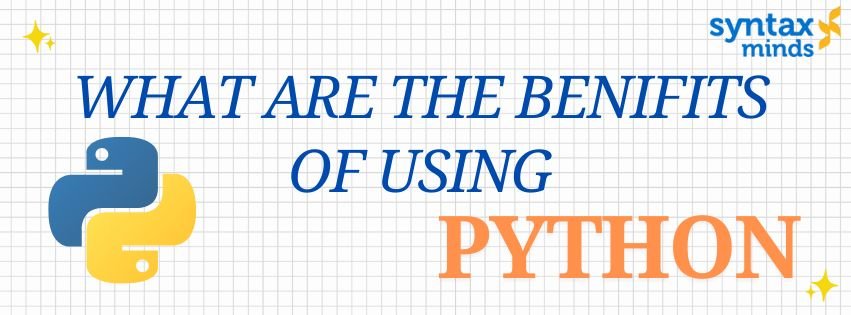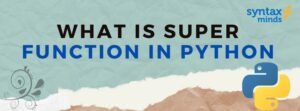Table of Contents
ToggleBenefits of Using Python
Python has become one of the most widely used programming languages globally, and for good reason. Its diverse applications, ease of use, and robust community support make it a top choice for developers, data scientists, and businesses alike. In this article, we will explore the numerous benefits of using Python, delving into its features, capabilities, and the value it brings to various fields.
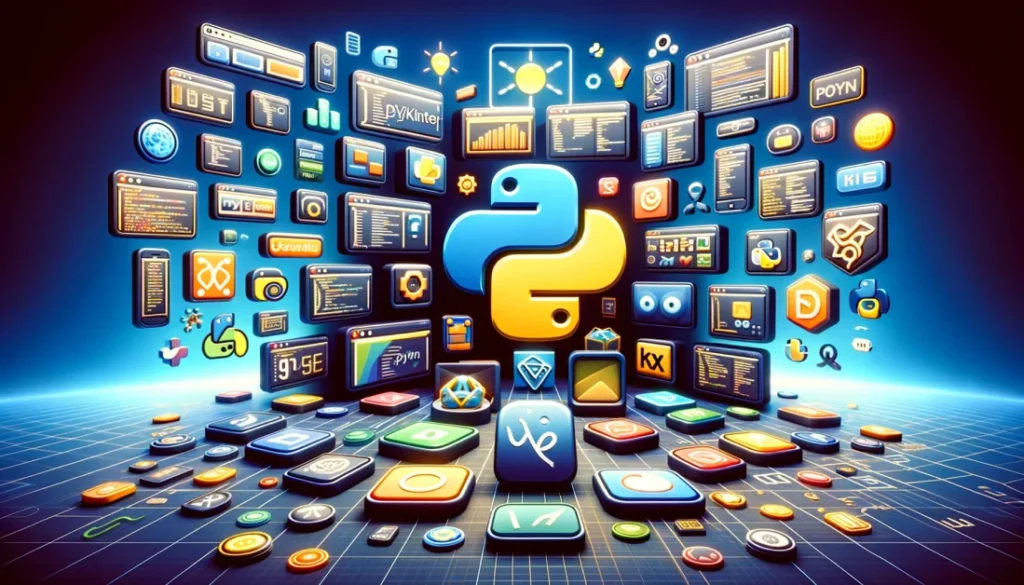
Readability and Simplicity
One of Python’s most significant advantages is its emphasis on readability and simplicity. The language was designed with a clear and straightforward syntax, making it accessible to beginners and experienced developers alike. This readability allows developers to write code that is easy to understand, reducing the cognitive load when revisiting projects after some time. The use of whitespace and indentation to define code blocks further enhances its clarity, promoting clean and maintainable code.
This focus on simplicity does not mean that Python lacks power; rather, it enables developers to focus on solving problems instead of wrestling with complex syntax. Consequently, Python is often recommended as the first programming language for newcomers, as it provides a solid foundation in programming concepts without the barriers posed by more complicated languages.
Versatility Across Domains
Python’s versatility is another key benefit. It is a multi-paradigm language, supporting various programming styles, including procedural, object-oriented, and functional programming. This flexibility enables developers to select the most suitable approach for their particular challenges.
Python is used in numerous fields, such as:
Web Development: Frameworks such as Django and Flask allow developers to swiftly create powerful web applications.
Data Science and Machine Learning: Libraries such as Pandas, NumPy, TensorFlow, and scikit-learn make Python a powerhouse for data analysis, statistical modeling, and machine learning.
Automation and Scripting: Python’s simplicity and rich set of libraries make it an excellent choice for automating repetitive tasks and scripting.
Game Development: Libraries like Pygame allow developers to create games and multimedia applications.
Scientific Computing: Python is widely used in academia and research for simulations, data analysis, and modeling.
This wide range of applications means that Python developers can easily switch domains or work on diverse projects, making it a highly adaptable skill in the job market.
Rich Ecosystem of Libraries and Frameworks
Python has a vast ecosystem of libraries and frameworks that facilitate rapid development and enhance productivity. This extensive collection enables developers to avoid reinventing the wheel, allowing them to leverage pre-built solutions for common tasks.
Web Frameworks: Django and Flask streamline web development, providing tools for routing, templating, and database management.
Data Analysis: Libraries like Pandas and NumPy simplify data manipulation, while Matplotlib and Seaborn provide powerful data visualization capabilities.
Machine Learning: TensorFlow and PyTorch are popular frameworks that support deep learning and artificial intelligence applications.
Automation: Libraries like Selenium and Beautiful Soup facilitate web scraping and automation, enabling developers to create bots or perform data extraction efficiently.
This extensive ecosystem not only accelerates the development process but also allows for a focus on innovation and unique functionalities rather than repetitive coding tasks.
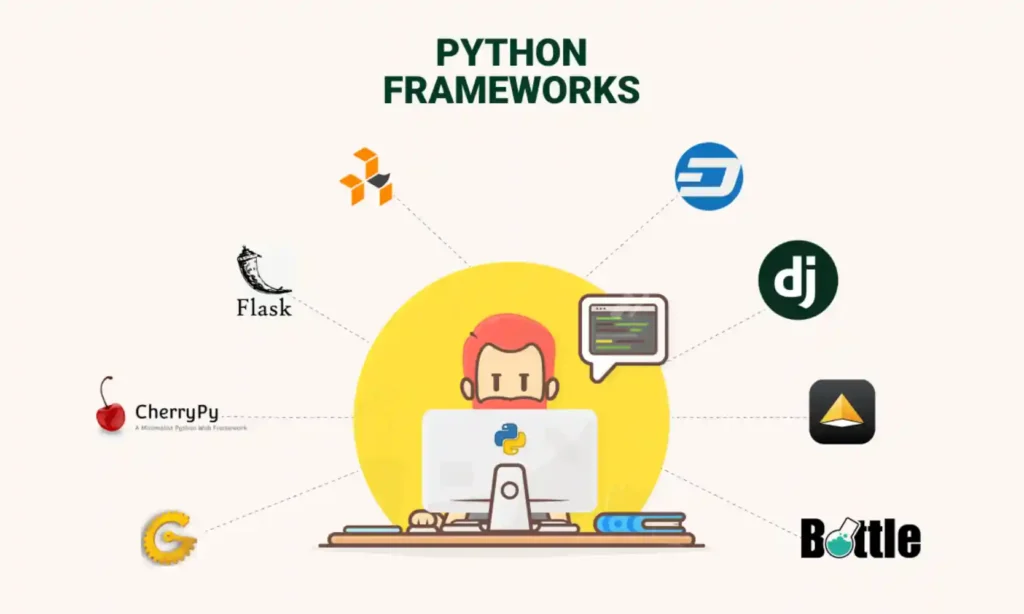
Strong Community Support
The Python community stands out as one of its most valuable strengths. With millions of developers worldwide, the community is active and engaged, contributing to a wealth of resources, including tutorials, forums, and open-source projects. This collaborative environment fosters knowledge sharing and encourages developers to help each other solve problems.
Many popular resources, such as Stack Overflow, GitHub, and Python’s official documentation, provide invaluable support for both newcomers and seasoned developers. The community’s commitment to improving Python ensures that it remains up-to-date with the latest trends and technologies.
Cross-Platform Compatibility
Python is inherently cross-platform, meaning that it runs on various operating systems, including Windows, macOS, and Linux. This compatibility allows developers to write code once and deploy it across different environments without significant modifications. This is particularly beneficial for businesses that operate in heterogeneous environments, as it reduces compatibility issues and streamlines the deployment process.
Integration Capabilities
Python’s ability to integrate seamlessly with other programming languages and technologies adds to its appeal. Developers can easily incorporate Python code into existing applications written in languages like C, C++, or Java. This feature is especially useful in enterprise environments where legacy systems might require updates or new functionalities without a complete rewrite.
Additionally, Python can be used alongside technologies such as RESTful APIs, making it a versatile choice for building web services and microservices.
Strong Data Handling and Analytics
Python is renowned for its capabilities in data handling and analytics, making it a favorite among data scientists and analysts. The language’s rich ecosystem of libraries allows for efficient data manipulation, analysis, and visualization.
Pandas, for example, provides powerful data structures that make it easy to work with structured data, while NumPy offers support for numerical operations. Furthermore, libraries like Matplotlib and Plotly facilitate the creation of stunning visualizations that can help convey complex data insights in an understandable manner.
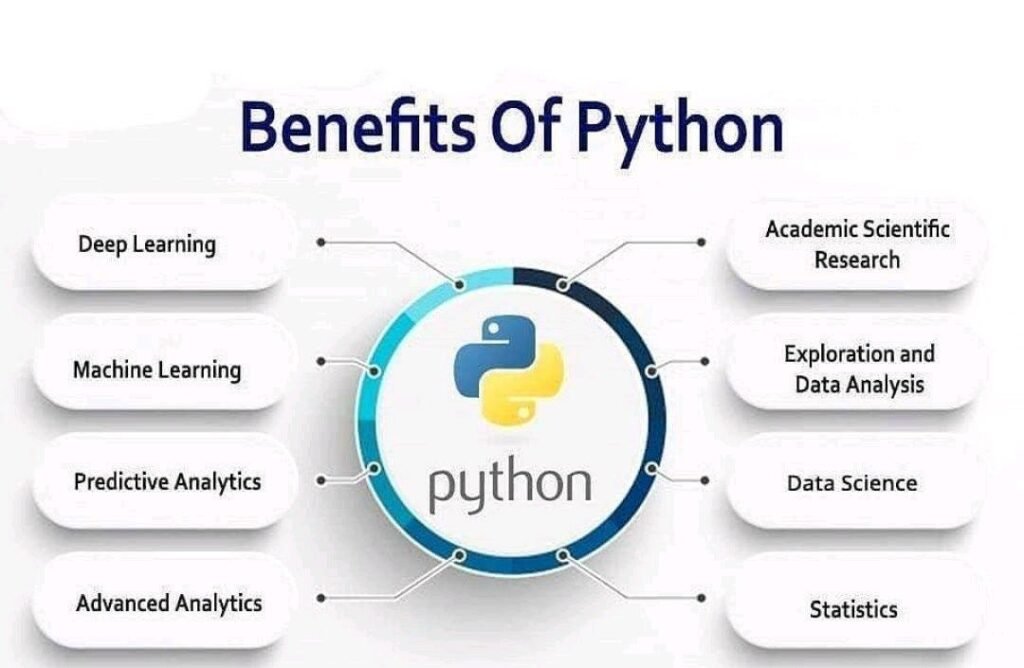
Rapid Prototyping
Python’s simplicity and speed enable developers to create prototypes and iterate on them quickly. This rapid prototyping capability is crucial in fast-paced environments where time-to-market can be a competitive advantage. Developers can quickly build and test their ideas, gather feedback, and refine their solutions, which is especially beneficial in startup environments and agile development practices.
Job Opportunities and Career Growth
As Python continues to grow in popularity, the demand for Python developers has surged across various industries. Job roles such as data analyst, machine learning engineer, web developer, and automation engineer often require proficiency in Python. Learning Python not only enhances career prospects but also opens doors to diverse roles in technology, finance, healthcare, education, and beyond.
Educational Use
Python is frequently used as a teaching language in educational institutions due to its ease of learning and versatility. Its clear syntax and immediate feedback through interactive environments, such as Jupyter Notebooks, make it an excellent choice for teaching programming concepts. This widespread adoption in academia ensures that new generations of developers are well-versed in Python.
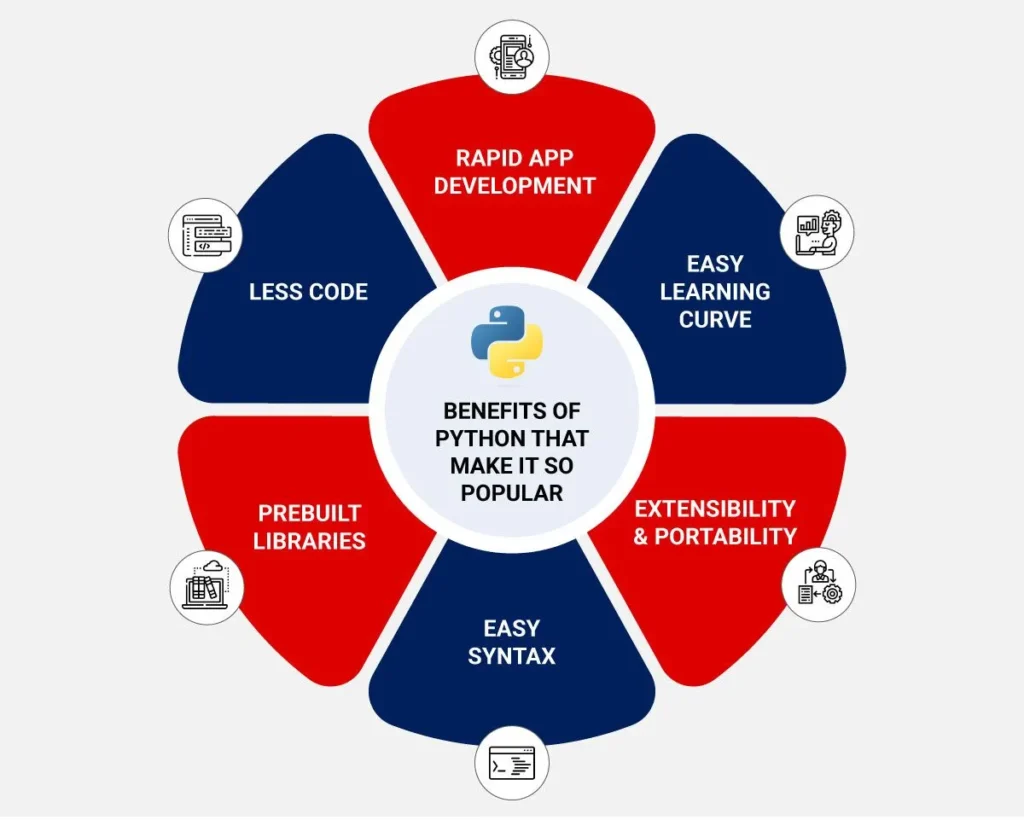
Conclusion
Python’s benefits extend far beyond its ease of use. Its readability, versatility, extensive ecosystem, and strong community support make it a powerful tool for a wide range of applications. Whether you are developing web applications, analyzing data, automating tasks, or engaging in scientific research, Python provides the tools and resources necessary to succeed. Its cross-platform compatibility, integration capabilities, and rapid prototyping features further enhance its appeal in today’s fast-paced technological landscape. With its growing demand in the job market and its widespread use in education, mastering Python is not only a valuable investment in your career but also a pathway to exploring innovative and exciting projects across multiple domains.

